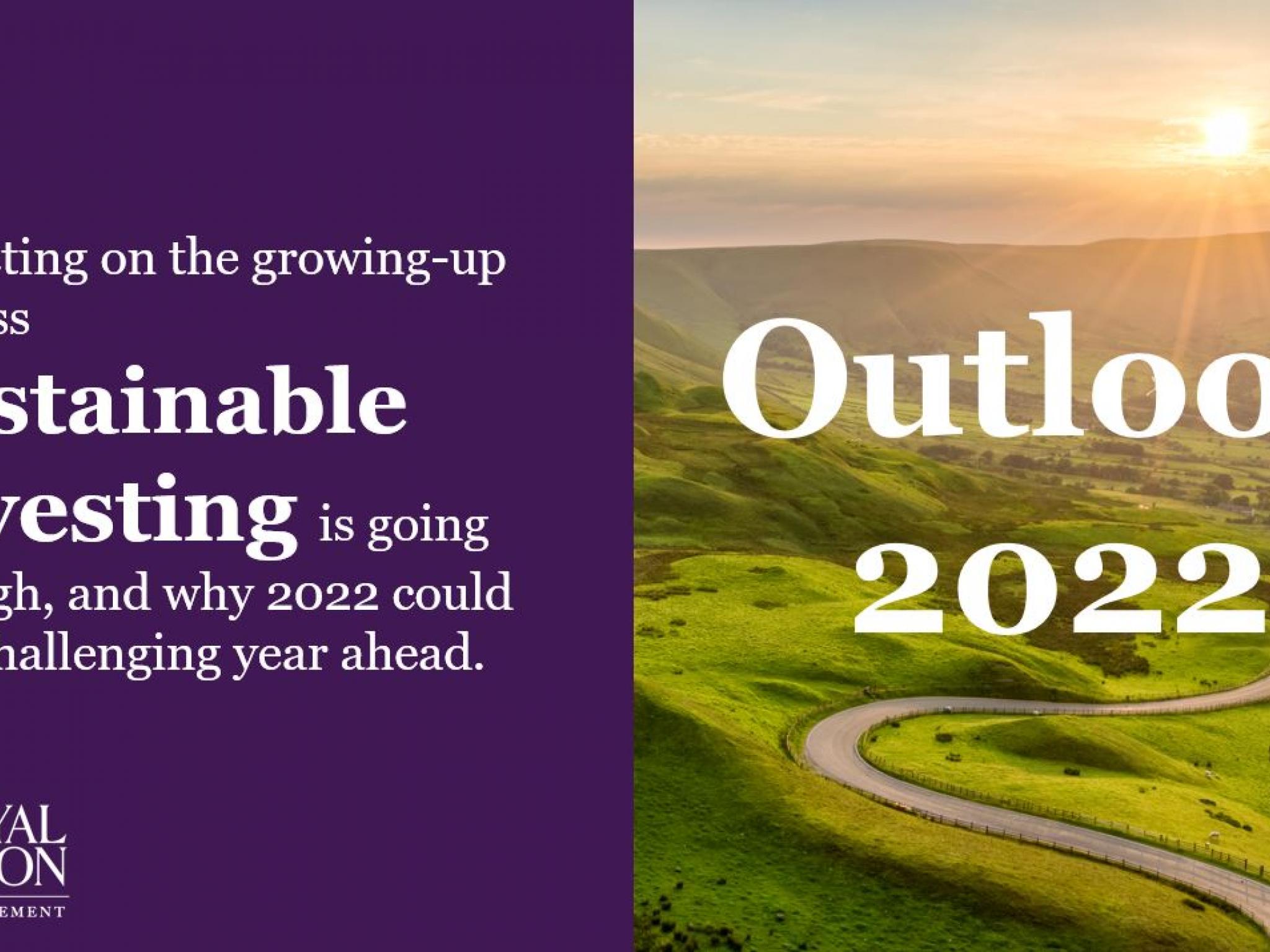
-Green, social and sustainable Bonds will continue to grow exponentially and in 2022 they are expected to reach $ 2 trillion
-Europe leads this momentous, while China and the US are the most active markets supported by stronger ESG focus and policies
-Sustainable bonds could represent 15% of debt market by the end 2022 according to Moody’s
Brief Background: One of the winners of the 2021 COP26 climate summit was Environmental Social and Governance (ESG) finance, as capital markets and the private sector start playing a larger role to transform the global economy to a more socially just and climate friendly one. One of the ESG tools that is becoming mainstream, is Green, Sustainable and Social Bonds. These are debt instruments like the traditional bonds issued to raise capital in the capital market. However, the capital raised is used to fund assets and projects that have a positive environmental or social impact. The first Green Bond was issued by the World Bank in 2008 as the global green movement started to take off. Since then, green, social, and sustainability bonds expanded rapidly driven by stronger environmental legislation, increasing awareness and growing interest from the investment community.
Why this trend? Green, social, and sustainable bonds have become one of the tools providing debt issuers access to new financing, and to a more ESG focused type of investors that are seeking sustainable returns in sectors, and companies that improve the health of our planet and of our society. An increased number of organizations across different sectors have issued green or sustainable debt in 2021 to demonstrate their strong commitment to a reduction of their carbon footprint. This has helped on the marketing side as well. According to the Climate Bond Initiative, “the Renewable Energy category drew the largest share of green investment across sectors and issuer types in 2021, followed by investments into Low-Carbon Buildings and Transport”. Water, waste management and Information Communication Technologies (ICT) were the next categories experiencing significant interest from issuers and investors.
Issuance of green, social, sustainable and sustainability-linked bonds amounted to $1 trillion in 2021 (the highest level ever registered), and represented approximately 13% of the year’s overall debt capital market according to Finance-Asia. China and the US were the most active markets and Germany followed by France were the most active EU issuers supported also by stronger EU policies including the Green Deal. Green bonds, targeting climate mitigation-focused projects, saw the highest issuance of $590 billion, followed by social bonds at about $201.8 billion and sustainability bonds at $177.2 billion. This is also in line with the climate momentum and more climate finance policies becoming streamlined.
This debt issuance trend is set to continue as governments and corporations further articulate their focus on sustainable risk management, and investor demand is expected to become stronger. This type of bonds will continue to grow as they also represent a cost saving compared to the more conventional debt instrument. Additionally, Green Bonds promote more transparency reducing the risk of “green-washing” which happens when companies manipulate their ESG commitment to be more attractive to climate and social justice-focused investors. With Green bonds, it is easier to monitor where the money is flowing and thus tangibly document the project’s green credentials.
Conclusion: The Climate Bond Initiative (CBI) forecasts that green, sustainable, and social bonds would reach between US$1.9 trillion and US$2.2 trillion in 2022. The same organization believes that by 2025 sustainable bonds would reach $5 trillion, strongly contributing to reaching the net-zero carbon reduction targets by 2050. 2021 has been a very successful year for Sustainable Finance, and we expect 2022 to be even better. However, this is nearly not enough if we want to reduce climate, societal and business risk going forward.
Andrea Zanon is an international ESG, technology and finance advisor who has advised 20 countries on climate strategies and over 100 corporations in impact investment and resiliency.







